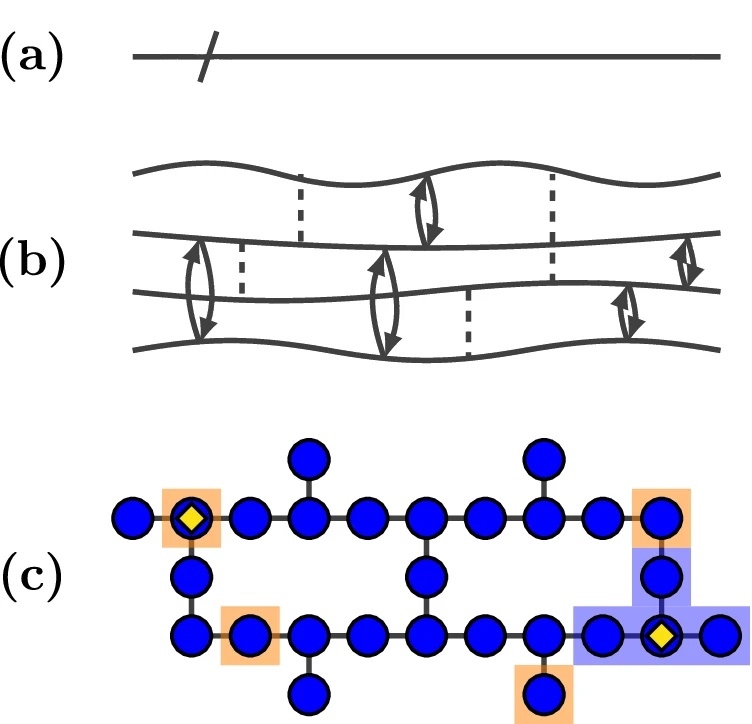npj Quantum Information, Published online: 26 November 2024; doi:10.1038/s41534-024-00918-6
Quantum computing platforms are subject to contradictory engineering requirements: qubits must be protected from mutual interactions when idling (‘doing nothing’), and strongly interacting when in operation. If idling qubits are not sufficiently protected, information ‘leaks’ into neighbouring qubits, becoming ultimately inaccessible.
Candidate solutions to this dilemma include many-body localization, dynamical decoupling, and active error correction. However, no protocol exists to quantify this effect in a similar way to e.g. SPAM errors.
A team of researchers has developed a scalable, device non-specific, protocol for quantifying idle information loss by exploiting tools from quantum information theory.
They implemented this protocol in over 3500 experiments carried out across 4 months (Dec 2023–Mar 2024) on IBM’s entire Falcon 5.11 processor series.
After accounting for other error sources, they detected information loss to high degrees of statistical significance.
This work thus provides a firm quantitative foundation from which the protection-operation dilemma can be investigated and ultimately resolved.




